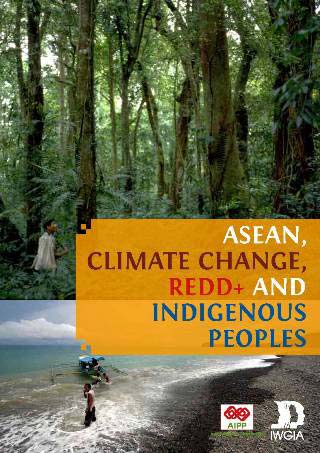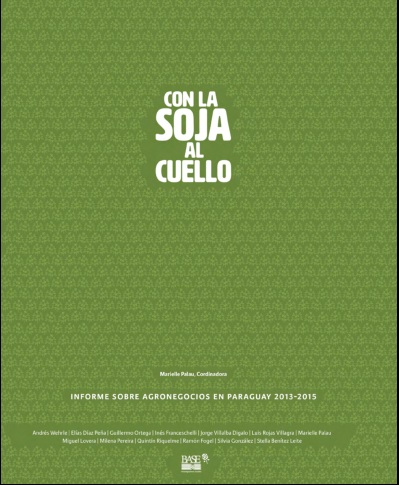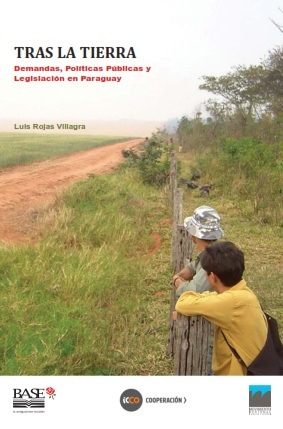Towards Environmentally Sustainable Development in Sub-Saharan Africa
Environmental degradation primarily
affects the poor, both in rural and urban areas. Reversing
the downward spiral of this degradation is essential to any
strategy for reducing poverty in Sub-Saharan Africa. This
study outlines the World Bank's strategy for improving
its assistance to SSA countries as they move toward
environmentally sustainable development (ESD). It assesses
the environmental situation and long-term trends in Africa,







